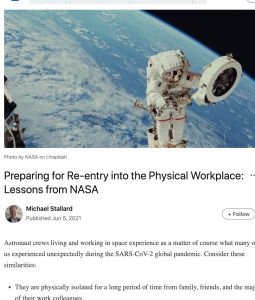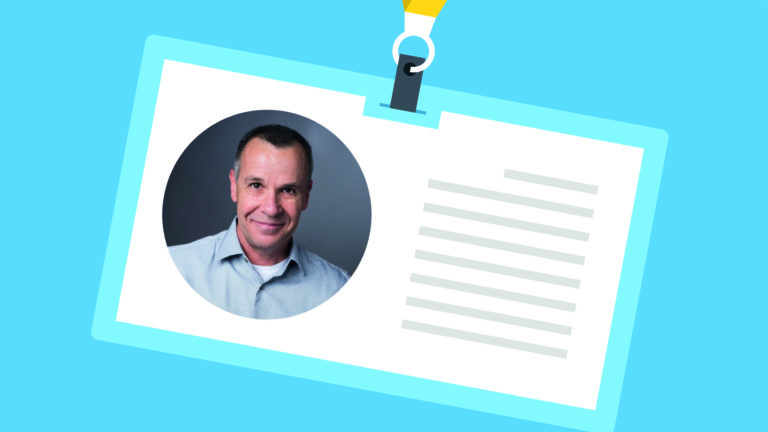Join getAbstract to access the summary!

Join getAbstract to access the summary!
Michael Lee Stallard
Preparing for Re-Entry into the Physical Workspace
Lessons from NASA
LinkedIn, 2021
What's inside?
A NASA consultant explains how to bring people together post-pandemic.
Recommendation
Does the thought of spending your workday among other people again make you anxious? Abrupt changes from one environment to another can shock your system. Nobody understands this better than the US National Aeronautics and Space Administration (NASA), which has decades of experience supporting astronauts as they re-enter society after a space expedition. NASA consultant Michael Stallard explains how its best practices can help companies ease employee transitions back to the office after COVID-19. His article offers practical advice for leaders and anybody wary about post-pandemic socializing.
Summary
About the Author
Michael Lee Stallard founded and leads the Connection Culture Group, and is the author of Connection Culture: The Competitive Advantage of Shared Identity, Empathy, and Understanding at Work.























Comment on this summary